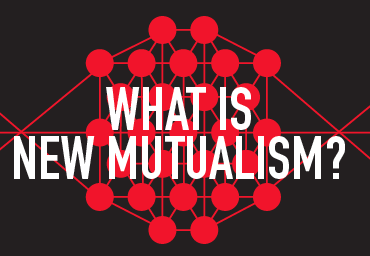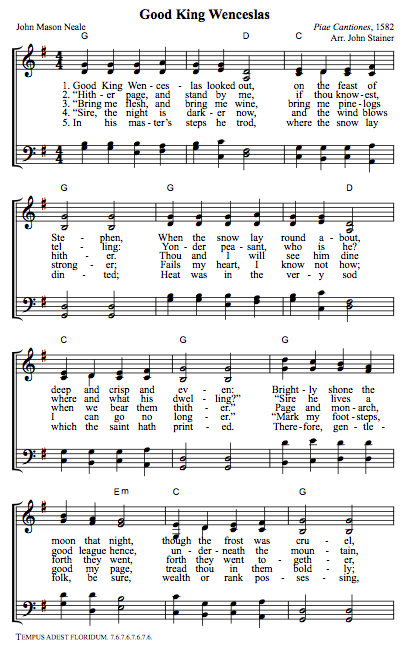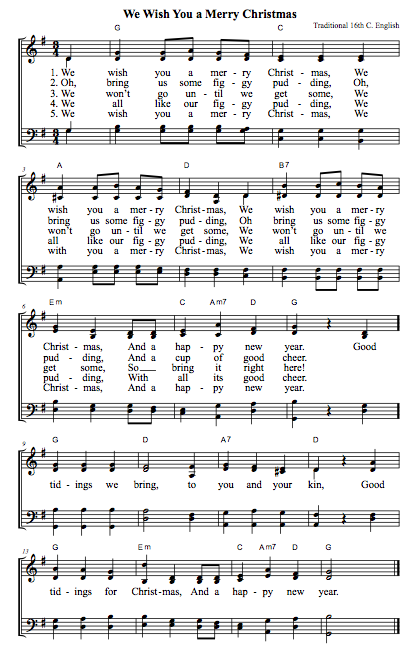Three of us from our congregation met this afternoon to talk about our new membership database. The topic for today’s conversation: what categories will we have for people in the database?
Twenty years ago, it was fairly easy to categorize people in your congregation’s database: there were members, and there was everyone else. Members were those people who signed the membership book (in my religious tradition, some people used to get theological and defined members as those who agreed to abide by the congregation’s covenant). Most people who attended your congregation’s Sunday services on a regular basis would sign the membership book, sooner or later. Sure, there were always one or two grumpy people who refused to become members; and a few conscientious people who, for reasons of (carefully thought out) conscience, felt they could not sign the membership book; but most regular attenders eventually became members.
That was twenty years ago.
Today, fewer and fewer people seek out institutional affiliation of any kind. Probably this is related to larger societal trends of civic disengagement, the loss of trust in all institutions, and the displacement of organized religion to society’s margins. In a new book, congregational expert Peter Steinke says, “None of this has to do with the church’s internal functioning. The sea change is external or contextual.” Whatever the cause(s), we’re seeing more and more people who want to participate in our congregations without ever wanting to become members.
In the near future, I predict that “membership” is going to attract an ever decreasing number of people.
The problem is, we knew what to do with members. The congregation sent its members regular communications (e.g., newsletters, email lists, etc.), which they liked to receive, and which they read. They in turn knew how to communicate with key people in the congregation. And both the congregation and the members knew who was going to ask for money to run the congregation, and where that money is coming from.
We still know what to do with members, but we’re not quite so sure what to do with the other people who are coming into our congregations, the ones who don’t want to become members. These people may not want to receive our newsletter — they only want to hear about the things they want to hear about; and they want to hear about them in the ways they prefer (SMS, Facebook), not the ways we prefer (printed and email newsletters). These people do not know what a canvass is, or how or why we raise money (some of them even think we receive government support — no joke!), although they’re probably willing to be educated about how we take care of our finances, and how they can help us further our mission.
These are some of the things the three of us talked about this afternoon. We came up with at least four categories for our new membership database: “members” (people who have signed the membership book and who pledge annually); “friends” (people who have signed a declaration of friendship, a lower level of affiliation); “participants” (people who have participated in one or more congregational activities, ministries, or events); and “newcomers” (people who have showed up Sunday morning and are still relatively new to our community). We talked about the idea of another category, which we tentatively called the “distance” category: those people who no longer live close to us but who feel an emotional attachment to us, who may want to receive our communications, and who may sometimes want to give money to as a tangible expression of their appreciation for the congregation. We toyed with the idea of having separate “participant” categories, one for Sunday mornings “participants,” and one for “participants” who come at other times, but decided we don’t need that level of detail (yet). We did add a category for “child,” because we needed to distinguish between adult “participants” and non-adult “participants.” We also added a category for “deceased.” And we talked about other ways people may have relationships with our congregation, which we don’t quite know how to describe or categorize as yet.
I came away from our meeting with a very strong sense of the increasing importance of types of congregational affiliation besides “membership.” More and more people care less and less about the meaning of “membership,” and the younger they are the less they care. It’s like a century ago, when gradually people didn’t want to own pews any more, and they came up with this idea of congregational membership instead. Well, just as pew ownership once disappeared, I suspect we’re seeing a time when “membership” is slowly disappearing.
What do you think — is congregational membership is slowly disappearing? If so, what do you think will replace it?



